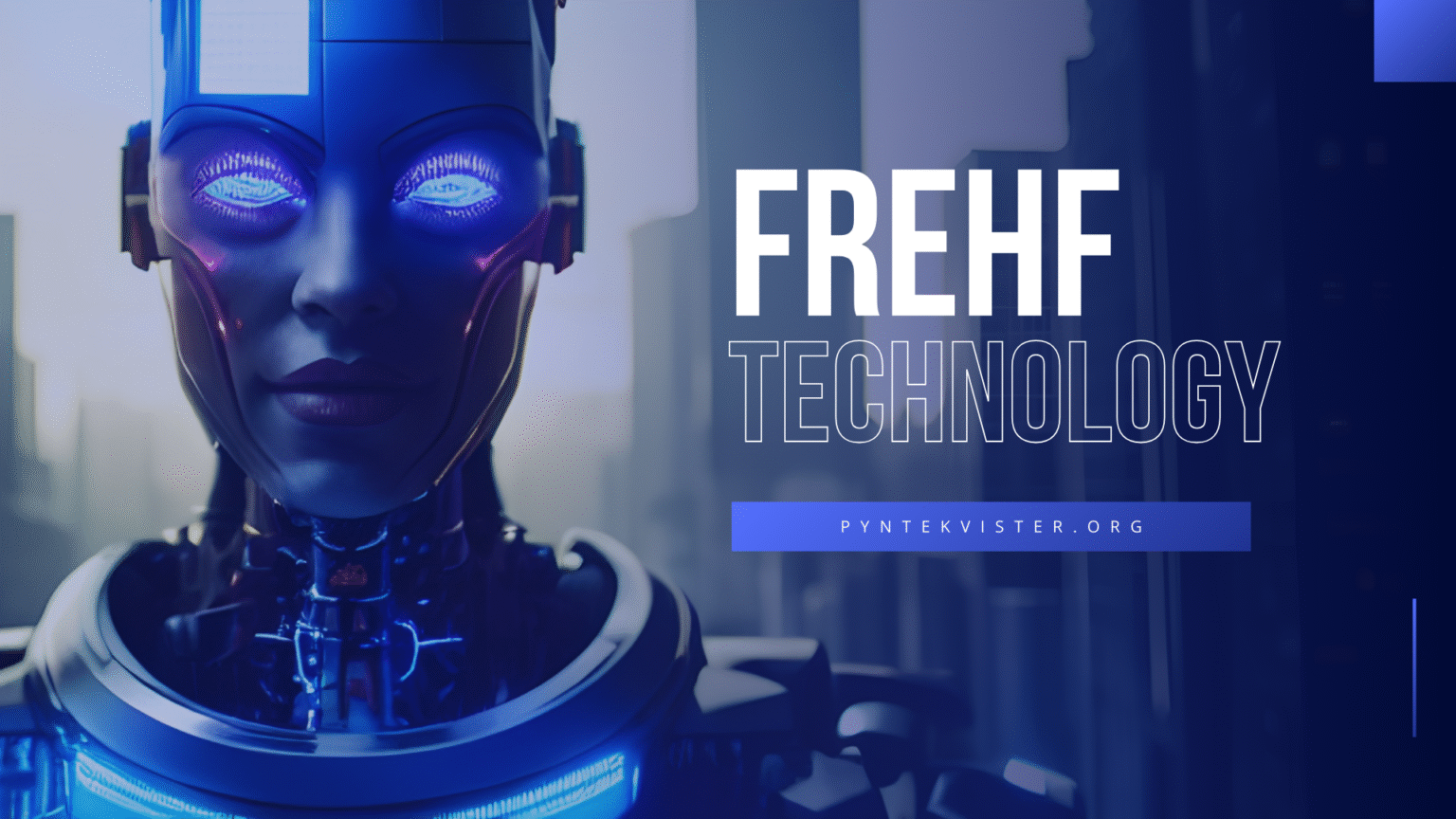Introduction to FREHF
In today’s fast-paced digital landscape, the way we design and interact with technology is constantly evolving. Enter FREHF: a groundbreaking approach that blends responsiveness, ethics, and human-centered design. As users demand more intuitive experiences, designers are faced with the challenge of balancing innovation with moral responsibility. But what does it take to create frameworks that prioritize people while remaining adaptable? With FREHF, we delve into this exciting frontier where empathy meets functionality. Ready to explore how these principles can transform not just our designs but also user experiences? Let’s dive in!
The Importance of Responsiveness in Design
Responsiveness in design is about more than just aesthetics. It’s a commitment to creating an adaptable user experience across various devices and screen sizes.
As users interact with content on smartphones, tablets, or desktops, their expectations remain high. They anticipate seamless navigation and quick load times regardless of the platform they choose. A responsive design meets these needs by ensuring that layouts adjust fluidly.
This flexibility enhances usability. It minimizes frustration often associated with zooming or scrolling excessively on mobile devices.
Moreover, responsiveness directly impacts engagement rates. Users are less likely to abandon sites that function well on their chosen device, which can lead to improved conversions for businesses.
With search engines like Google prioritizing mobile-friendly designs in rankings, adopting responsive principles is not just beneficial—it’s essential for visibility in a crowded digital landscape.
The Ethical Considerations of Frameworks
Ethics in design frameworks is crucial. Many times, developers prioritize functionality over the consequences of their creations. This can lead to unintentional harm or alienation of users.
A framework should empower rather than exploit. It’s essential to consider how technology impacts communities and individuals alike. Inclusivity must be at the forefront, ensuring that all voices are represented and considered during development.
Furthermore, data privacy remains a pressing issue. Frameworks often collect user information for personalization or analytics purposes but must do so transparently and responsibly.
Developers have a responsibility to create tools that promote trust and respect among users. Ethical considerations go beyond compliance; they shape the values embedded within digital experiences.
By fostering an ethical approach, we contribute positively to society while enhancing our technological landscape with mindful practices that nurture human connection.
Human-Centered Design and its Impact on User Experience
Human-centered design places users at the heart of the creation process. This approach ensures that products meet real needs and expectations.
By focusing on user experiences, designers gather insights through research and feedback. They understand how people interact with technology in their daily lives. This knowledge drives innovation, leading to solutions that feel natural and intuitive.
When users feel understood, engagement increases. A seamless experience fosters loyalty and trust. When a product resonates on an emotional level, it elevates satisfaction.
Moreover, human-centered design promotes inclusivity. By considering diverse perspectives, designers create accessible solutions for all users. This commitment enhances usability across different demographics.
Prioritizing human needs transforms digital interactions into meaningful experiences that empower individuals rather than frustrate them.
Implementing FREHF: Examples and Case Studies
Implementing FREHF can transform digital experiences. Companies are beginning to embrace its principles, showcasing real-world applications.
One notable example comes from a leading e-commerce platform. They integrated responsive design elements that adapt seamlessly across devices. This approach not only improved accessibility but also increased user engagement significantly.
Another case study involves an educational institution revamping its website using the FREHF model. By prioritizing ethical considerations in content presentation, they ensured inclusivity for all learners. Feedback revealed heightened satisfaction among users with diverse needs.
A healthcare provider adopted human-centered design within their patient portal. They gathered extensive user feedback before making key decisions, resulting in streamlined navigation and enhanced usability.
These examples demonstrate that embracing FREHF isn’t just theoretical; it’s actively reshaping how organizations interact with users every day. The results speak volumes about the future of web frameworks and what they offer in terms of value creation and engagement.
Challenges and Limitations of FREHF
Implementing FREHF isn’t without hurdles. One significant challenge is the balancing act between responsiveness and performance. Striving for adaptability can sometimes lead to slower load times, frustrating users.
Another limitation lies in the ethical dimensions of data collection. While prioritizing user privacy is crucial, ensuring comprehensive functionality often requires gathering insights that may conflict with these values.
Moreover, not all organizations are equipped with the resources or knowledge required to adopt FREHF fully. Smaller companies might find it daunting to implement such advanced frameworks while juggling budget constraints.
There’s a risk of oversimplification when applying human-centered design principles universally. User needs vary greatly across demographics and cultures; one-size-fits-all solutions can miss the mark entirely. These challenges necessitate thoughtful strategies and continuous innovation in order to truly harness FREHF’s potential.
Future Possibilities and Innovations for Responsive, Ethical, and Human-Centered Frameworks
The future of FREHF is brimming with potential. As technology evolves, so do our frameworks. Innovations in artificial intelligence can enhance responsiveness, adapting to user needs in real-time.
Imagine a design that learns from user interactions and adjusts seamlessly. This would create a truly personalized experience.
Moreover, ethical considerations are likely to evolve as well. Transparency will become paramount. Users will demand clarity about how their data is used and protected.
Collaboration between designers, developers, and users could lead to groundbreaking advancements. Crowdsourced feedback may drive innovations directly aligned with what people want.
Sustainable practices will also gain traction within responsive design frameworks. Eco-conscious solutions could redefine how we think about digital products.
As we look ahead, the intersection of technology and human values holds immense promise for creating more meaningful experiences online.
Conclusion: Embracing FREHF for a Better Digital Future
Embracing FREHF represents a significant step toward a more thoughtful digital landscape. The combination of responsiveness, ethical considerations, and human-centered design creates an environment where users feel valued and understood. By prioritizing these principles, designers can craft experiences that not only meet the needs of diverse audiences but also respect their rights and well-being.
As we move forward in this digital age, adopting FREHF ensures that technology serves humanity rather than the other way around. Organizations willing to implement these frameworks will likely see enhanced user satisfaction, loyalty, and trust—a win-win for both businesses and consumers alike.
The journey to fully realize FREHF may have its challenges. However, with ongoing innovation and collaboration among designers, developers, and ethicists, a brighter future awaits. A commitment to responsive design practices infused with ethics at their core will shape an inclusive digital world filled with meaningful interactions.
Choosing to embrace FREHF is not just about keeping up with trends; it’s about setting new standards for what it means to create responsibly in our interconnected lives. It’s time for all stakeholders—users included—to advocate for better frameworks that honor our shared humanity while fostering creativity and progress across industries.

















